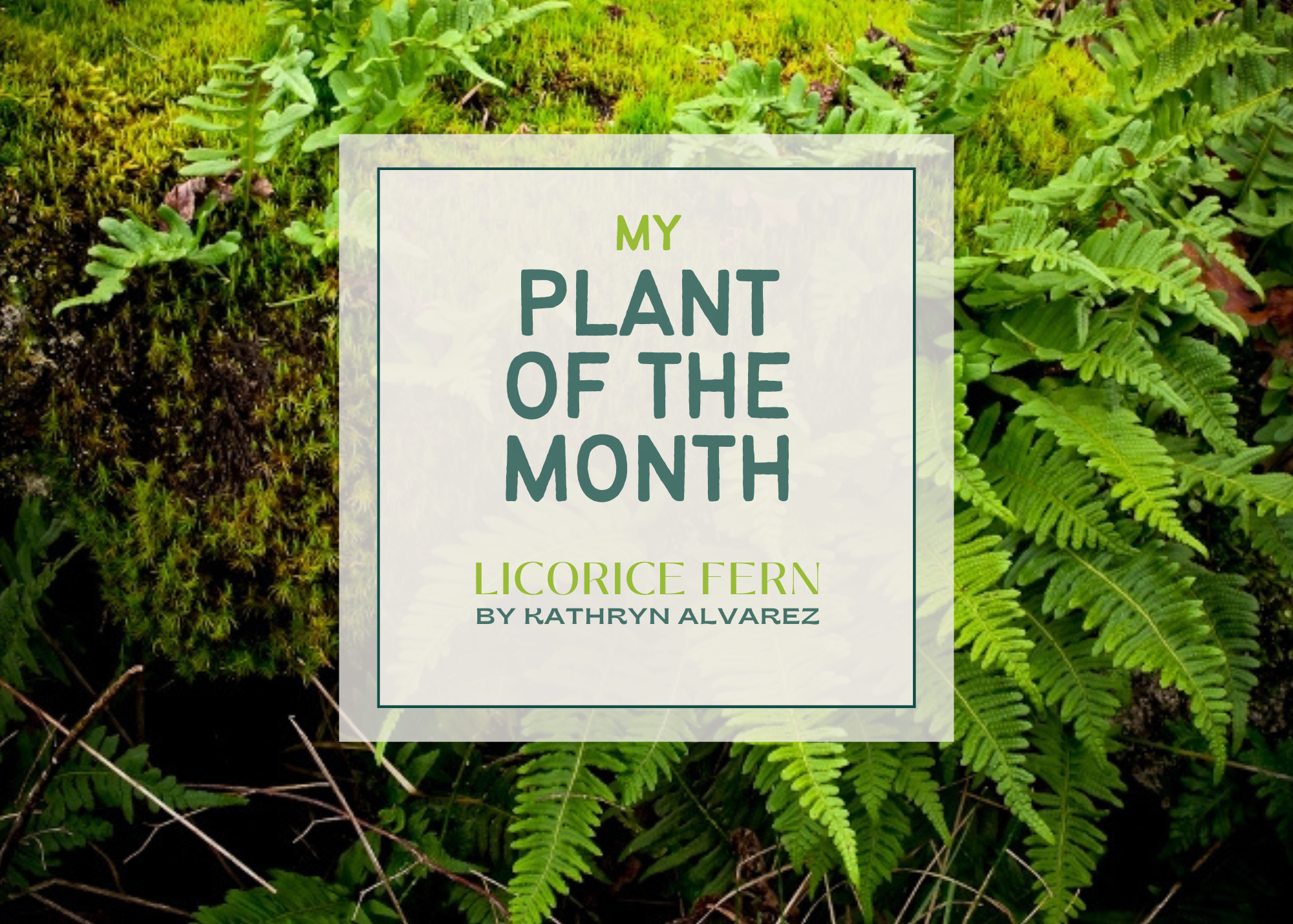My Plant of the Month - Licorice Fern by Kathryn Alvarez
Each month we invite one of our HCP volunteers to introduce us to a favourite plant. This month Kathryn Alvarez, a volunteer in the Native Plant Garden at the HCP has taken the opportunity to share her love of the Licorice Fern with us.
Licorice Ferns (Polypodium glycyrrhiza)
Native Plants Garden
By Kathryn Alvarez
When I think of the licorice fern (Polypodium glycyrrhiza), I think of the word “resilience.” Although the licorice fern is a naturally summer deciduous plant (that means it goes dormant in the summer), observing the fern's new growth in the Native Plants Garden after the extremely long, dry summer we had in 2022 I am filled with amazement.
Now that we are in mid-November and thankfully have had some rain, the licorice fern is growing back in the Native Plants Garden, a natural garden that features plants native to southern Vancouver Island. Look for licorice fern on wet, mossy ground, as well as on rocks, fallen trees and tree stumps. It is a beautiful plant, with blades approximately 50 cm in length and pointed tips. In some areas of the Native Plants Garden, the licorice fern has come back en masse. In others, the curled fronds are just beginning to emerge and are a lovely verdant contrast to the forest floor now carpeted in fallen leaves in various shades of brown and gold.
You may wonder why it is called a licorice fern. It gets its name from its sweet, licorice-flavoured rhizomes, which were chewed for its flavour by the Squamish, Sechelt, Comox, Nuxalk, Haida and Kwakwaka'wakw peoples. The rhizomes were also an important medicine for colds and sore throats. So next time you are in the Native Plants Garden, wander the paths and look for the beautiful licorice fern. Now that you know a little bit about this important, resilient plant, you may feel some amazement when you observe it as well.
Reference:
Pojar, J. & MacKinnon, A. (2017). Plants of Coastal British Columbia including Washington, Oregon &
Alaska. Lone Pine Publishing.




